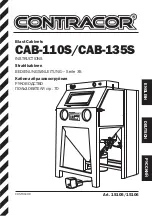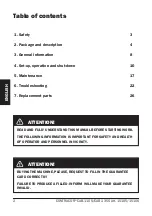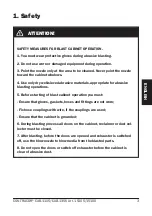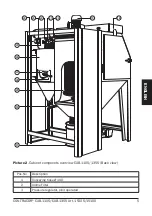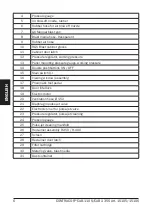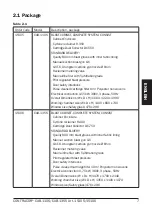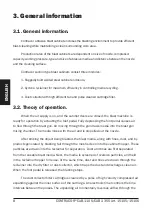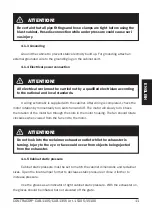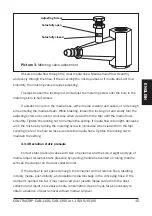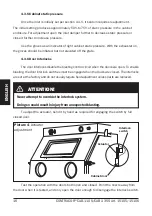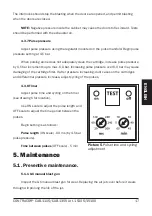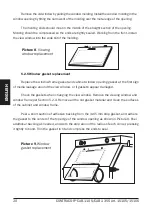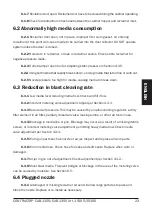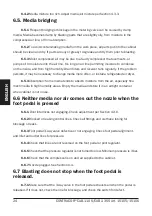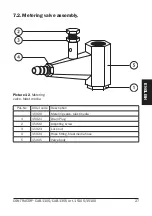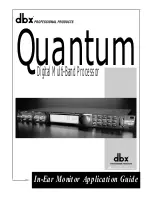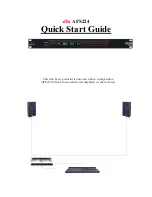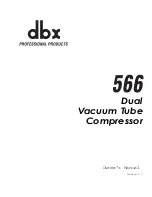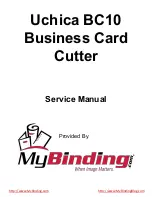
ENGLISH
CONTRACOR
®
CAB-110S/CAB-135S Art. 15105/15106
13
ATTENTION!
Always close cabinet, reclaimer and dust collector doors before blasting.
Keep all doors closed during blasting.
Always wear blast gloves.
Avoid pointing the blast nozzle toward the view window.
Use the blow-off nozzle to blow media off parts before opening doors.
After blasting, keep doors closed and exhauster on until the cabinet is
clear of all airborne dust.
Stop blasting immediately if dust leaks are detected.
4.2.4. Blasting operation
Open the compressed air supply to the blast cabinet. On the initial start up check for
air leaks. Adjust the pulse pressure regulator to 4,5 bar (see drawing X for location).
Turn on/of switch to the position “I” to switch on the lights and ilter pulse cleaning.
Push button ON to switch on the exhauster. Insert hands into rubber gloves. Firmly grasp
the blast gun and step on the foot pedal. Blasting will begin immediately. Adjust blast
pressure using pilot regulator located on the control panel. Pressure gauge on the control
panel shows actual blast pressure value.
Most effective blasting techniques are smooth continuous strokes. The distance from
the part affects size of blast pattern. Normal practice places the nozzle approximately 70 to
150mm from the surface of the part.
ATTENTION!
Shut down the cabinet immediately if dust discharges from the collector.
Check that ilters are correctly seated and not worn or damaged.
Prolonged breathing of any dust could result in serious lung disease
or death. Short term ingestion of toxic dust such as lead, poses an
immediate danger to health. Toxicity and health risk vary with dust
generated by blasting. Identify all material being removed by blasting, and
obtain a material safety data sheet for the media.

